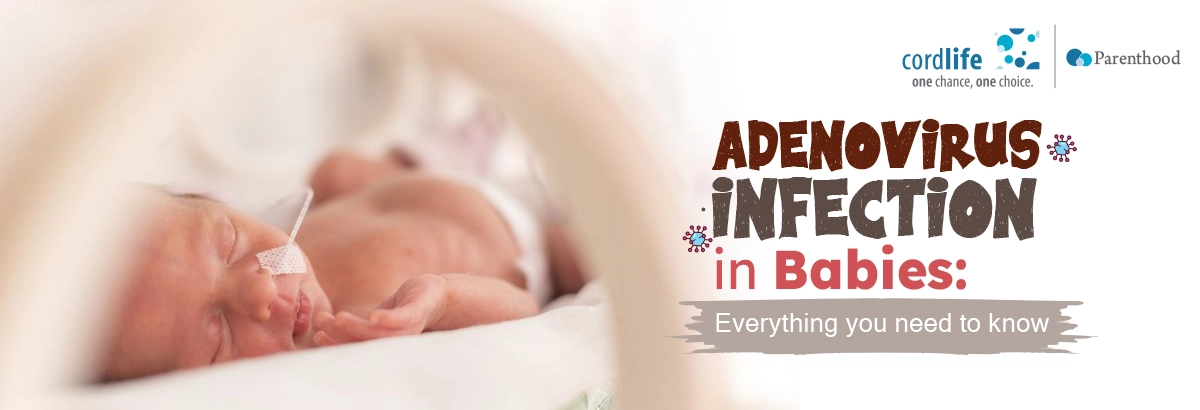Table of Contents
In the wake of Covid – 19 when healthcare practitioners worked 24/7 to fight against the deadly virus people also became aware to wash their hands frequently, maintain physical distance and were masked whenever they were out in the open to stop the spread of the Sars Cov2. In this way, not just the spread of Sars Cov2 controlled but also the spread of other aerosol-induced respiratory viral infections like cold and flu, chicken pox, and measles were significantly lesser. The respiratory infection just as mentioned is most common in early summer, spring, and late winter.
What Is Adenovirus Infection?
Since the fall of 2021, although the usage of masks has been reduced, several environmental particles have triggered allergic reactions and could make many of us prone to viral infections. In addition to the flu, there are other groups of viruses, like adenovirus infection that can typically cause respiratory illnesses, like the common cold, conjunctivitis, etc.
Who Is At Risk of Adenovirus Infection?
The adenovirus infection may be affecting people of all ages, particularly children – even from babies of 6 months old to children of 5 or 10 years old.
Why babies and children? The reason is though children have been vaccinated and immunized they were not immunized against Covid -19 or other respiratory illnesses like adenovirus thus making them susceptible to viral infections.
What Are The Symptoms of Adenovirus?
The adenovirus infection is different from one child to another and the symptoms may be mild to few, which include:
- Sore throat
- Headache
- Runny nose
- Fever (The temperature may rise up to 1040F)
- Difficulty in breathing
- Pink eye (Conjunctivitis)
- Ear infection
- Stomach pain and diarrhoea
- Daily activities may be reduced.
What Are the Treatment Methods For Adenovirus Infections?
Although most of the symptoms may last for about 5 to 7 days and sometimes even further, some symptoms like cough may last a little longer than expected. More often than not symptoms get reduced on their own once the babies’ and children’s immune system starts fighting against the viral infections. However, some children who might have weak immune systems become secondary targets to this virus and they are having a very severe course of infections sometimes with added bacterial infections to make conditions worse.
Since in most cases, this turns out to be a self-limiting disease, a range of symptoms is seen, and anti-virals and antibiotics might be used, but not warranted to be used at all. Only antipyretic medicines like paracetamol may be given which is the best way.
Some Do’s:
- Keeping the infected infants and babies inside the house. Asking the children not to go to school as they can infect their peers.
- Disinfecting the child’s toys and keeping them clean.
- Washing hands more often.
Nonetheless… Till now these infections cannot be treated with the baby’s precious stem cells, however, it is not that cord blood banking cannot be recommended and not knowing what the future holds in this era of science and technology invention/advancement.
Follow the page of Cordlife to know more about the benefits of umbilical cord blood banking.
